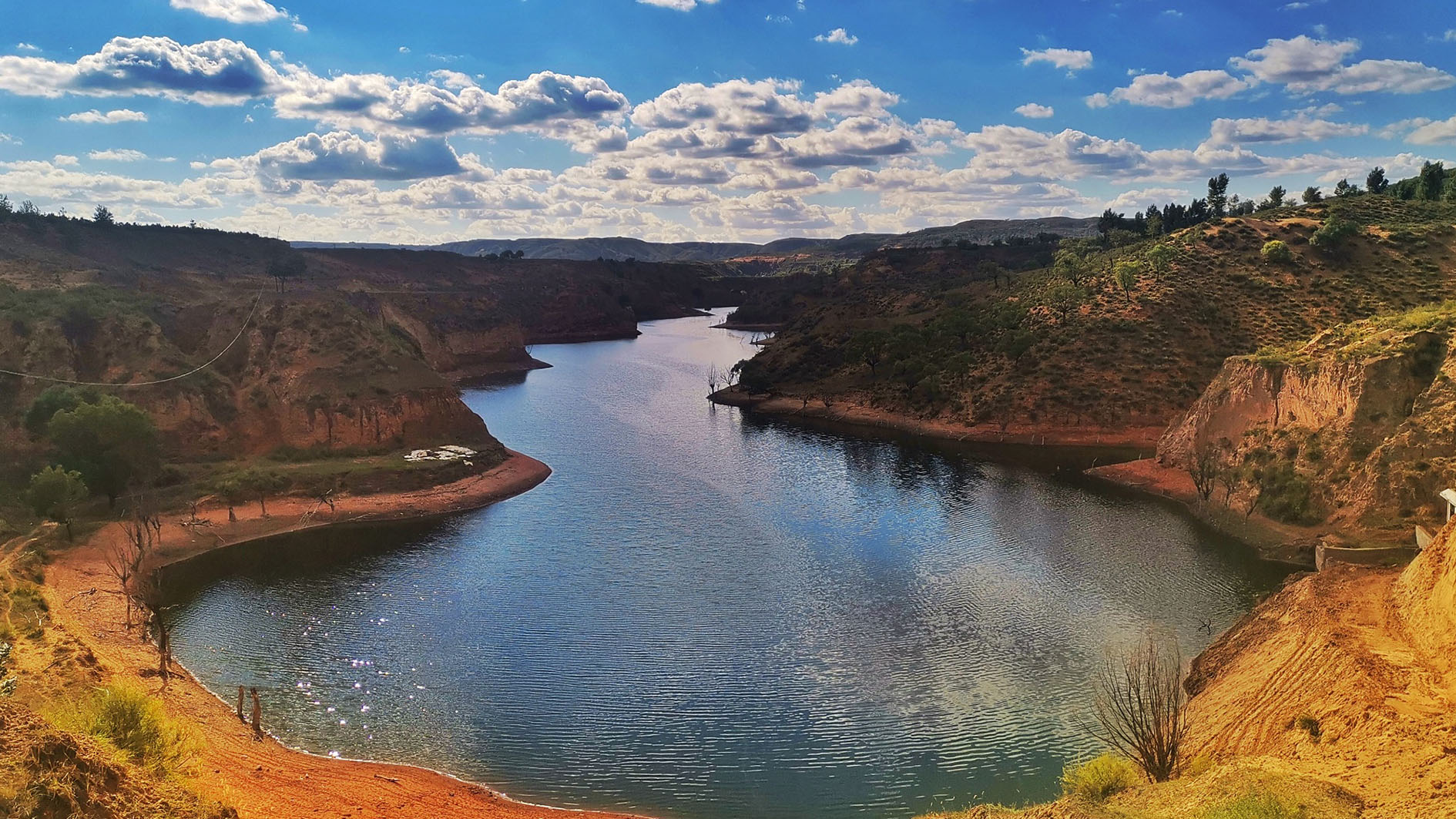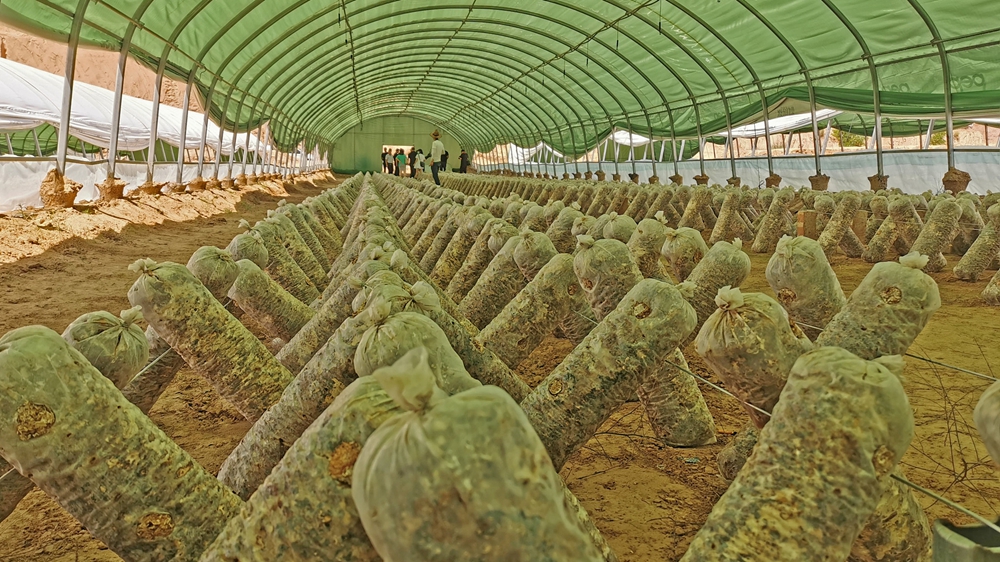03:39

From a village with a fragile ecosystem to a new one where locals are making a fortune thanks to ecotourism, Gaoxigou Village in northwest China's Shaanxi Province is a miracle.
Half a century ago, this village on the Loess Plateau was troubled with severe soil erosion and water loss. The poor environment left villagers with little agricultural output – next to nothing could grow on this barren land.
Conservation efforts began in the 1950s with tree planting, construction of dams and terraces, as villagers explored every possible way to restore the environment.
The Loess Plateau was once deemed one of the most ecologically fragile areas in China. Problems like droughts and water shortages have long crippled the development of this highland region.
Controlling soil erosion there has always been a priority for the central government. For example, Chinese President Xi Jinping has long called for environmental conservation efforts in the area, while stressing it has to be done with science in mind.
Back in 2019, President Xi said conservation of soil and water is not just about digging a few pits and planting a couple of trees. Studies must be carried out to see whether the land is suitable for afforestation and what kind of trees should be planted.
President Xi also said in some areas, natural restoration, as opposed to human interference, is required.
Well, this is what the village has been doing. People have conducted research and experiments, and eventually came up with a land division plan – reserving half the land for forests, one-third for grazing, and the rest for growing crops.

A local greenhouse vegetable plantation in Yulin City, northwest China's Shaanxi Province, June 4, 2020. /CFP
A local greenhouse vegetable plantation in Yulin City, northwest China's Shaanxi Province, June 4, 2020. /CFP
During a recent inspection, President Xi pointed out that Gaoxigou Village is a model of ecological management on the Loess Plateau, adding that it is right to make unremitting efforts to promote ecological civilization and advance rural undertaking by keeping up with the times.
The villagers now grow apples and grains, and raise lots of poultry. Villagers can contract hundreds of acres of orchards and make money. Instead of moving away and working in towns, villagers nowadays grapple with how to improve the quality of their fruits and increase sales.
Ecotourism is also picking up steam, helping villagers earn more money. In 2020, the annual per capita income in the village beat the county's average, exceeding 18,000 yuan ($2,790).
China is now pursuing what it calls a plan of common prosperity. The idea is to help people gain wealth through hard work and innovation.
Take rural vitalization as an example, fruit growing and ecotourism are two common strategies in lifting residents' income. As President Xi has said, common prosperity is more than a slogan, but a fact that people can see, feel and experience.
Last month, when speaking at a meeting, President Xi expounded on the idea that common prosperity is not egalitarianism or robbing the rich to assist the poor. Instead, it is a process that promotes fair distribution of wealth and ensures more opportunities for upward mobility.
In other words, China is not just thinking about how to make the pie bigger, but also narrowing the gap between the rich and poor, the urban and rural.
Achieving common prosperity is certainly a long-term task. But it shows that the central government is thinking ahead in terms of how to build a sustainable society both economically and socially.
And it's not just all thinking, but also delivering. The Communist Party of China is consistently delivering results, and that is why it has been successful.

